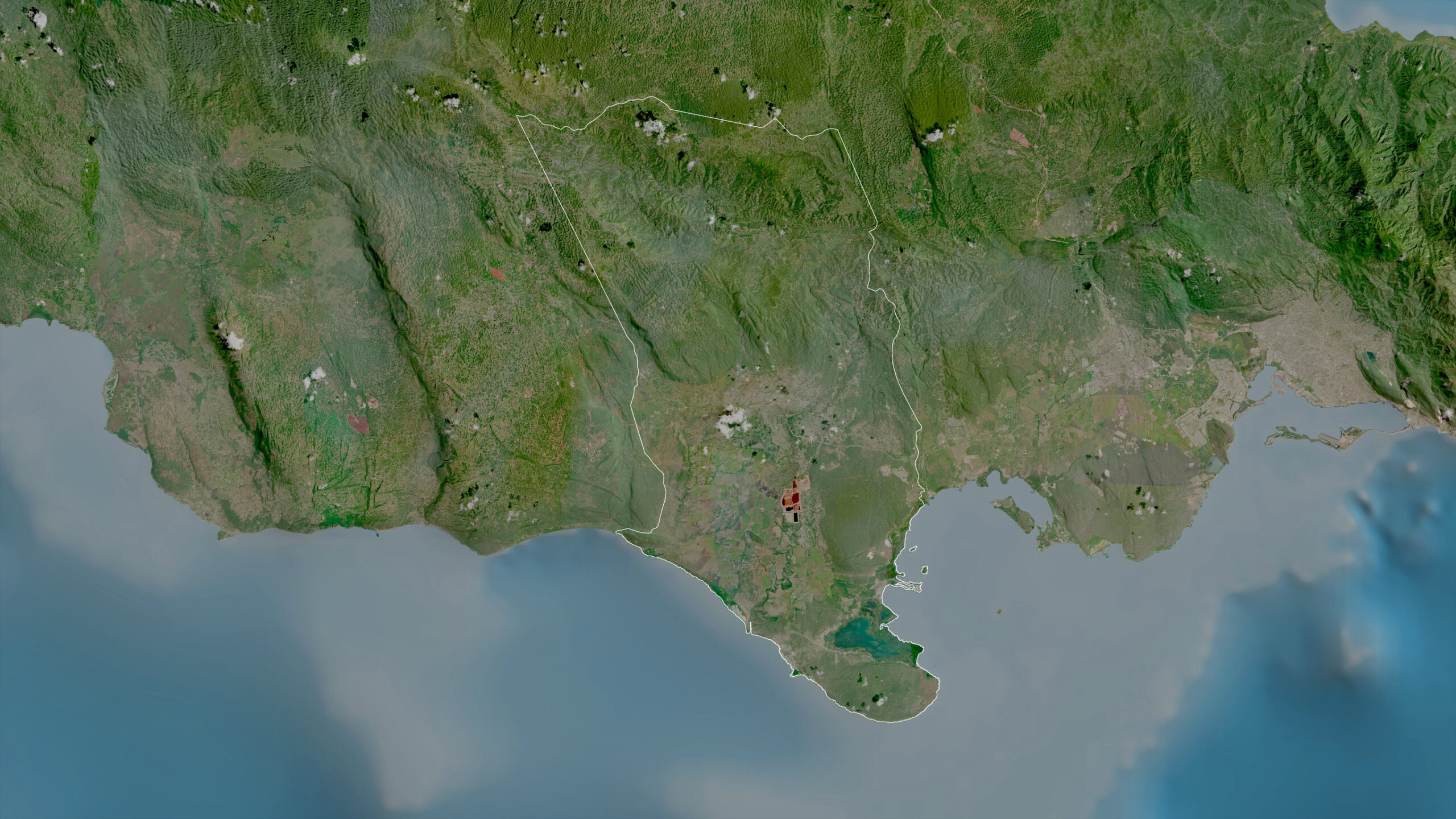alamy
Located at the southern side of Jamaica, approximately halfway between the eastern and western ends of the island with a size of 1,192.9 square kilometres is Clarendon, Jamaica’s third largest parish. It was created in 1664 by combining the parishes of St. Dorothy’s, Vere and the old parish of Clarendon. The parish got its name from Sir Edward Hyde the first Earl of Clarendon. The parish is currently home to 246,322 Jamaicans. Its current capital May Pen was accorded that status in 1887 so its clear that it was not always the capital. Before that the town of Chapelton was Clarendon’s capital. May Pen got its name from the Reverend William May, an Anglican clergyman whose estate was called May Pen!
Taino people
Clarendon was home to the indigenous Taino people who lived on the Portland Ridge which is now known as Portland Point – the part of the parish that juts out into the sea. Other Taino settlements were to be found on the Braziletto Mountain and on Round Hill, at the western end of the plain, and on the banks of the Milk River and the Rio Minho River near the Parnassus Estate.
In the annals of Jamaican history, the most significant event with which Clarendon is associated, is that it was the scene of the last attempt by England’s European rivals to capture the island. It was at Carlisle Bay in the parish that British forces defeated a French invading force in 1694 to seal the British hold on Jamaica for another two and a half centuries.
Rio Minho
The main physical feature of the parish is the Rio Minho, which is said to be Jamaica’s longest river at 92.5 kilometres running the entire length of the parish. It is responsible for Clarendon being a rich and productive agricultural parish especially in upper Clarendon with the two main crops being sugar and citrus. Its other river of note is the Milk River which in earlier times was the principal source of irrigation for the plains of lower Clarendon which tend to be dry. It is mistakenly believed that the world-famous Milk River Spa gets its water from the Milk River which is not the case. Although the Bath is located on the west bank of the river.
Sugar
During the 18th century when sugar was king, the crop dominated agricultural production in the parish until the discovery of bauxite and mining operations began by ALOCA of Canada which later became JAMALCO, Clarendon Alumina Works. While bauxite production has diversified the economy of the parish, Clarendon has retained its largely agricultural base with sugar production still important as an employer of labour. The historic Monymusk estate located on the Vere plains in the parish was established at the turn of the 20th century and still produces about 15% of Jamaica’s sugar output. Outside of those two dominant enterprises, the parish has seen the establishment of many medium-sized and small businesses of which the Juci Beef patty company is a stand-out enterprise.
Clarendon’s commitment to its agricultural base is best exemplified by the annual Denbigh Agricultural Show which has been staged non-stop for 65 years and is the island’s premier agricultural show that coincides with the ‘Emancipendence’ holiday celebrations in the first week of August that combine Emancipation and Independence activities.
Famous Jamaicans
Clarendon has produced its fair share of famous Jamaicans especially in the creative arts. Who can forget Millie Small of ‘My boy Loollipop’ fame or a Toots Hibbert who along with the Maytals is credited with inventing the word Reggae if not the musical genre? Freddie McGregor also comes to mind as does Cocoa Tea and Super Cat. In the literary field, Clarendon is the birthplace of Claude McKay, whose famous poem ‘If we must Die’ was used by Winston Churchill to muster British forces during World War 1. McKay was also a leading light of the Harlem Renaissance in the US in the early 20th century. Clarendonian dub poet Linton Kwesi Johnson is one of the leading literary figures amongst Caribbean artists in the UK.
Outstanding schools
The parish is well served by several outstanding high schools. Among them, Clarendon College, Vere Technical High School, Glen Muir High School, Knox College, and Edwin Allen High School. Vere and Edwin Allen have produced several outstanding female athletes who have gone on to represent Jamaica at the international level. More significant to note however, is that between them Vere and Edwin Allen have won more Girls Athletics Championships than any other two schools combined in any one parish and along with Holmwood Technical in neighbouring Manchester have dominated female athletics in Jamaica for the past 25 years.
Famous Landmarks
When one thinks of Clarendon, the first landmark of the parish that comes to mind is the Milk River Bath, Jamaica’s largest and best-known spa which is still popular among locals and visitors for its therapeutic qualities. For the historically minded the Anglican church at Alley (which incidentally was the capital of the old parish of Vere before it became part of Clarendon) is over 300 years old having been built in the 1670’s.
Paul’s Parish Church in Chapelton was bult as a ‘Chapel of Ease’ to the Cross Church and was the first place of worship in upper Clarendon. Originally known as ‘The Chapel’ the village around it took its name from the church and became known as Chapel Town. Today’s Chapelton is a bastardization of the name Chapel Town!
Edwin Allen High School in Franfield is named after its founder Edwin Allen who was Jamaica’s first Minister of Education of independent Jamaica and who represented the constituency for several years. Edwin Allen is best remembered for his advocacy and introduction of Comprehensive Schools in the country and 70/30 division of Common Entrance places in favour of Primary Schools vis a vis private preparatory schools.


 Total views : 88209
Total views : 88209